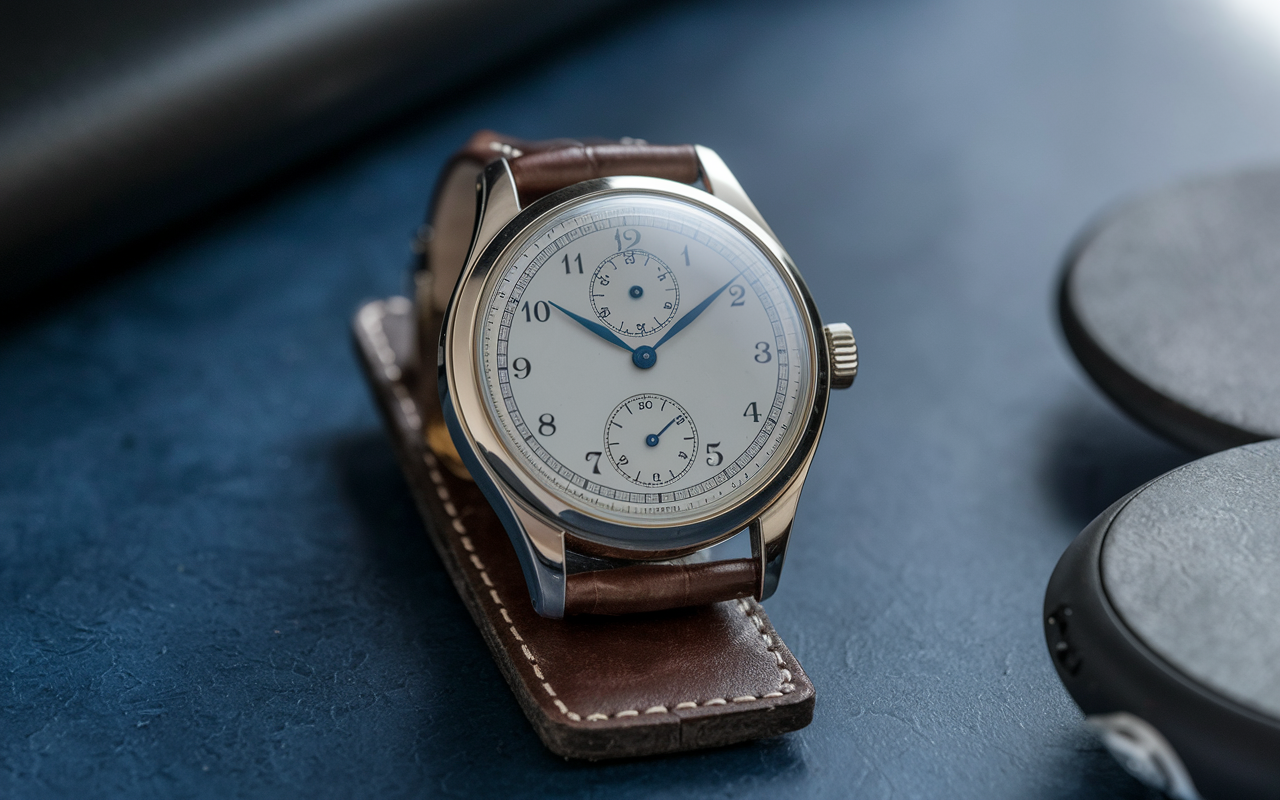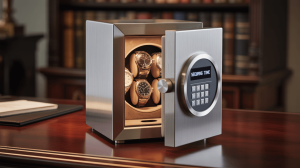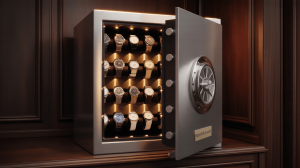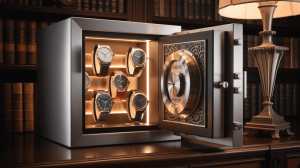The Watch Winder Dilemma
Owning an automatic watch is a testament to craftsmanship and precision, but it comes with a dilemma: how do you keep it running flawlessly when it’s not on your wrist? Enter the watch winder—a device that sparks both admiration and debate among collectors. For some, it’s an essential tool that ensures their timepiece remains accurate and ready to wear. For others, it’s an unnecessary luxury that risks overwinding or damaging delicate mechanisms.
At its core, a watch winder mimics the natural motion of your wrist, keeping the mainspring wound and the internal lubricants evenly distributed. But is it a must-have for every collector, or just a niche accessory for the most dedicated enthusiasts? Whether you’re a seasoned horologist or a newcomer to the world of automatic watches, understanding the role of a watch winder is crucial.
In this guide, we’ll explore the science behind these devices, weigh their benefits against potential drawbacks, and help you decide if a watch winder deserves a place in your collection. Ready to unravel the mystery? Let’s dive in.
2. What Is a Watch Winder and How Does It Work?
The Science Behind Automatic Watches and Winding
Automatic timepieces rely on a mainspring to store energy, which is generated through the natural motion of the wearer’s wrist. This energy is transferred via a rotor, a weighted mechanism that spins with movement, winding the mainspring. Without regular motion, the power reserve depletes, causing the device to stop. This is where a winding device becomes invaluable, ensuring the mainspring remains fully charged even when the piece isn’t worn.
How Watch Winders Mimic Natural Wrist Movement
These devices replicate the subtle motions of daily wear by rotating the timepiece in specific patterns. High-quality models offer customizable settings, such as clockwise, counterclockwise, or bidirectional rotations, tailored to the needs of different mechanisms. For instance, some luxury brands require 650 to 900 turns daily, which a well-calibrated device can effortlessly provide. By simulating natural movement, these tools keep the internal lubricants evenly distributed and prevent the mainspring from losing tension, ensuring optimal performance and longevity.
Let me know if you’d like further details or additional sections!
3. The Benefits of Using a Watch Winder
Keeping Your Watch Ready to Wear at All Times
One of the most immediate advantages of a winding device is its ability to ensure your timepiece is always set and ready to go. Without it, an automatic watch left unworn for days or weeks will stop, requiring manual winding and resetting of the time and date. This can be particularly inconvenient for those who rotate between multiple pieces or need their watch to be accurate at a moment’s notice. By simulating natural wrist motion, these devices keep your accessory fully functional, so you can simply pick it up and wear it without any hassle.
Preserving the Longevity of Your Timepiece
Regular use of a winding tool helps maintain the internal lubricants within the movement, preventing them from settling or drying out. This ensures the gears and springs operate smoothly, reducing wear and tear over time. Additionally, consistent motion prevents the mainspring from becoming too loose or too tight, which can strain the mechanism. For collectors, this means their prized possessions remain in optimal condition, extending their lifespan and preserving their value.
Protecting Complex Mechanisms and Complications
For watches with intricate features like perpetual calendars, moon phases, or chronographs, a winding device is especially beneficial. These complications rely on continuous movement to stay accurate. Without it, they may require extensive resetting, which can be both time-consuming and risky. By keeping the watch wound, these devices ensure that even the most sophisticated functions remain precise and reliable, safeguarding the craftsmanship and functionality of your investment.
Let me know if you’d like further details or additional sections!
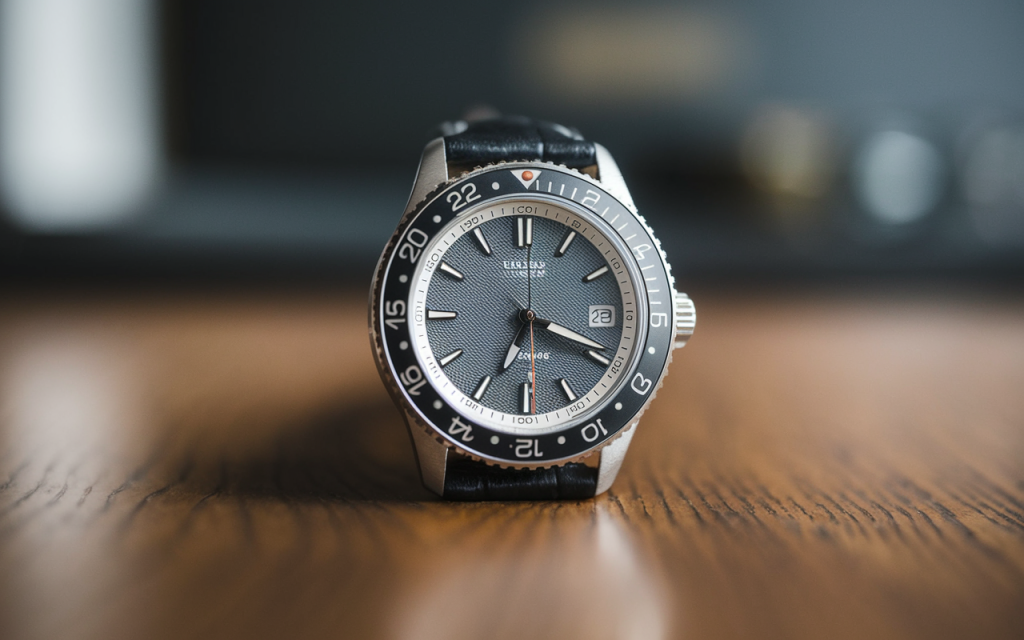
4. Potential Drawbacks of Watch Winders
Can Watch Winders Overwind or Damage Your Watch?
A common concern among collectors is whether these devices can overwind or harm their timepieces. High-quality models are designed with mechanisms that prevent overwinding, ensuring the mainspring remains at an optimal tension. However, poorly made or incompatible devices may pose risks, such as excessive torque or magnetization, which can strain internal components. For instance, some argue that constant motion may accelerate wear on gears and springs, though this is debated among experts. To mitigate risks, always choose a reputable brand with adjustable settings tailored to your watch’s specifications.
The Cost Factor: Is It Worth the Investment?
While these tools offer convenience and protection, they can be a significant expense. Premium models with advanced features like silent motors, customizable rotation programs, and elegant designs often come with a hefty price tag. For collectors with a single timepiece, the cost may outweigh the benefits, especially if the watch is worn regularly. However, for those with multiple automatic watches or intricate complications, the investment can be justified by the convenience of keeping all pieces ready to wear and maintaining their long-term functionality.
Let me know if you’d like further details or additional sections!
5. Who Really Needs a Watch Winder?
For the Casual Wearer: Is It Necessary?
If you own a single automatic watch and wear it daily, a winding device might not be essential. The natural motion of your wrist keeps the mainspring charged, and manual winding suffices for occasional use. However, if your timepiece sits unworn for extended periods, a winder can prevent the movement from stopping and ensure it’s ready to wear without resetting. For those with simpler models, like a basic three-hand watch, the investment may not be justified unless convenience is a priority.
For the Collector: Why It’s a Game-Changer
For enthusiasts with multiple automatic watches or intricate complications, a winding tool is indispensable. It keeps each piece fully functional, preserving internal lubricants and preventing the mainspring from losing tension. For watches with perpetual calendars, moon phases, or chronographs, these devices ensure complex features remain accurate, avoiding tedious resets. Collectors with high-value pieces, such as Rolex or Patek Philippe, often find winders essential for maintaining both functionality and investment value.
In summary, while casual wearers may not need one, collectors and owners of sophisticated timepieces will find these devices transformative. Let me know if you’d like further details!
6. How to Choose the Right Watch Winder
Key Features to Look For: Rotation Settings, Noise Levels, and More
When selecting a winding device, several features are critical to ensure compatibility and performance. First, rotation settings are essential; different timepieces require specific winding directions (clockwise, counterclockwise, or bidirectional) and turns per day (TPD). For example, Rolex models typically need 650 to 900 TPD. Second, noise levels matter, especially if the device will be placed in a bedroom or office. High-quality motors operate silently, preventing disturbances. Additionally, consider build materials like wood, leather, or carbon fiber for durability and aesthetics, and power options such as AC or battery for flexibility.
Single vs. Multi-Watch Winders: Which Is Best for You?
The choice between a single or multi-slot device depends on your collection size. A single winder is ideal for those with one primary timepiece, offering compactness and simplicity. On the other hand, a multi-watch winder is perfect for collectors with several automatic watches, allowing simultaneous winding of multiple pieces. Some models even feature customizable settings for each slot, catering to different brands and mechanisms.
Top Brands and Models to Consider
Several brands stand out for their quality and innovation. Wolf offers premium designs with adjustable TPD and silent motors, making them a favorite among luxury watch owners. Barrington is known for its ultra-quiet Japanese motors and energy-efficient models. For those seeking advanced technology, Buben & Zörweg provides market-leading TIME MOVER systems with precise rotation control. Other notable names include Elie Bleu and Döttling, which combine functionality with exquisite craftsmanship.
By considering these factors and exploring reputable brands, you can find the perfect winding device to keep your timepieces in optimal condition. Let me know if you’d like further details!
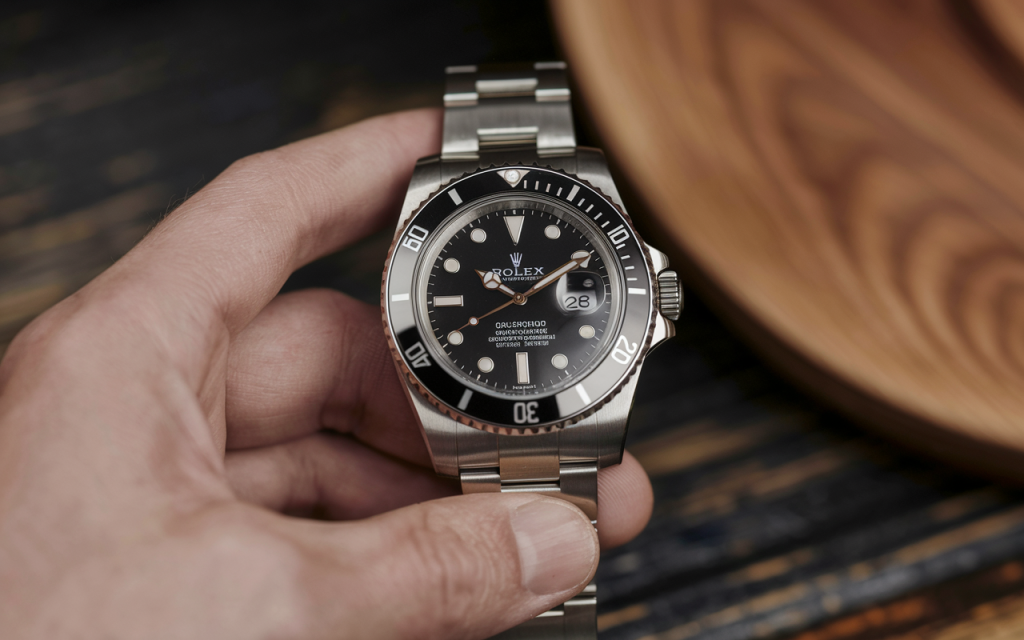
7. Setting Up and Using Your Watch Winder
How to Adjust Rotation Settings for Your Watch
To ensure your timepiece receives the correct winding, it’s crucial to adjust the rotation settings based on its specific requirements. Most devices offer options for clockwise (CW), counterclockwise (CCW), or bidirectional rotation. For example, Rolex models typically need 650 to 900 turns per day (TPD) in a clockwise direction, while others may require bidirectional motion. Refer to your watch’s manual or manufacturer guidelines to determine the appropriate TPD and rotation mode. High-quality winders allow you to customize these settings, ensuring optimal performance and preventing overwinding.
Tips for Proper Placement and Maintenance
Place your winding device in a stable, dust-free location away from direct sunlight or extreme temperatures. This prevents damage to both the winder and your timepiece. Regularly clean the exterior with a soft cloth to maintain its appearance, and ensure the interior watch pillow is securely fitted to avoid unnecessary movement. For maintenance, periodically check the motor’s performance and replace batteries or power adapters as needed. Additionally, avoid placing the device near magnetic sources, as this can interfere with the watch’s accuracy.
By following these steps, you can maximize the functionality and lifespan of both your winder and your timepiece. Let me know if you’d like further details!
8. Common Myths About Watch Winders Debunked
Myth 1: Watch Winders Are Only for Luxury Watches
A common misconception is that these devices are exclusively for high-end timepieces. While they are often associated with luxury brands, they are equally beneficial for any automatic watch. Even mid-range or entry-level models can benefit from consistent winding, as it helps maintain internal lubricants and prevents the mainspring from losing tension. Whether you own a Rolex or a Seiko, a winder can enhance the longevity and functionality of your timepiece.
Myth 2: Watch Winders Are Loud and Disruptive
Many assume that these devices produce noticeable noise, making them unsuitable for quiet environments. However, high-quality winders are designed with silent motors that operate almost noiselessly. Brands like Wolf and Barrington prioritize quiet performance, ensuring the device won’t disturb your daily activities or sleep. If noise is a concern, opt for models with advanced motor technology and energy-efficient designs.
Myth 3: Watch Winders Are Just a Fancy Accessory
Some view these tools as unnecessary or purely decorative. In reality, they serve a practical purpose by keeping your watch wound and ready to wear. For collectors with multiple pieces or watches with complex complications, they are indispensable. They also help preserve the internal mechanisms, reducing the need for frequent servicing. Far from being a mere luxury item, they are a functional investment for any watch enthusiast.
Let me know if you’d like further details!
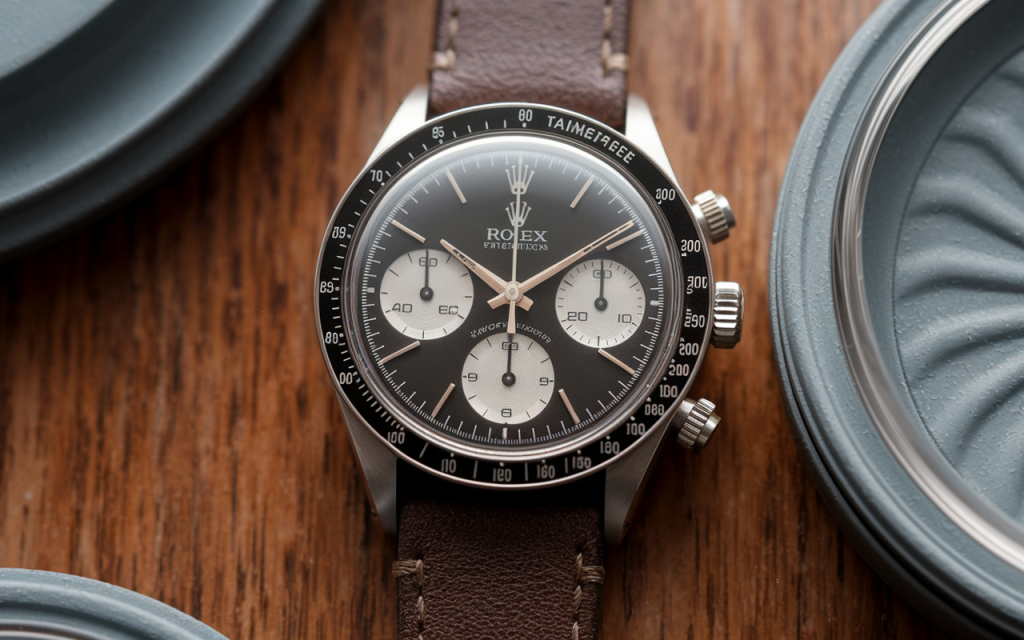
9. Watch Winders and Watch Care: A Perfect Pair
How Watch Winders Complement Regular Maintenance
These devices play a vital role in enhancing the upkeep of your timepiece. By simulating natural wrist motion, they keep the internal mechanisms active, ensuring lubricants remain evenly distributed and preventing them from coagulating. This reduces the need for frequent servicing and minimizes wear on delicate components. For watches with intricate complications, such as perpetual calendars or moon phases, a winder ensures these features stay accurate, saving you the hassle of manual adjustments.
The Role of Watch Winders in Preserving Value
For collectors and investors, these tools are more than just accessories—they are essential for safeguarding the worth of your timepieces. By maintaining consistent movement, they prevent the mainspring from losing tension and protect against premature aging of internal parts. This is particularly crucial for high-end models, as their functionality and condition directly impact their market value. A well-maintained watch, kept in a winder, not only performs better but also retains its appeal and investment potential over time.
In summary, these devices are a seamless addition to your care routine, ensuring your timepiece remains in peak condition while preserving its long-term value. Let me know if you’d like further details!
10. Alternatives to Watch Winders
Manual Winding: Pros and Cons
For those who prefer a hands-on approach, manually winding your timepiece can be a practical alternative. The pros include a direct connection to the mechanism, fostering a deeper appreciation for its craftsmanship. It also eliminates the need for additional devices, saving space and cost. However, the cons involve the necessity of regular winding, which can be inconvenient if forgotten, leading to the watch stopping. Overwinding is another risk, potentially damaging the mainspring or other components.
When to Skip the Winder and Opt for Storage
If you own a single watch and wear it daily, manual winding or natural wrist motion may suffice, making a winder unnecessary. For vintage or low-maintenance models, especially those with synthetic lubricants, occasional use and proper storage can keep them in good condition. Additionally, if your collection includes quartz watches or pieces with long power reserves, a winder becomes redundant. In such cases, storing your timepieces in a clean, dry, and temperature-controlled environment is often the better choice.
By understanding these alternatives, you can decide the best approach to care for your timepieces without unnecessary investments. Let me know if you’d like further details!
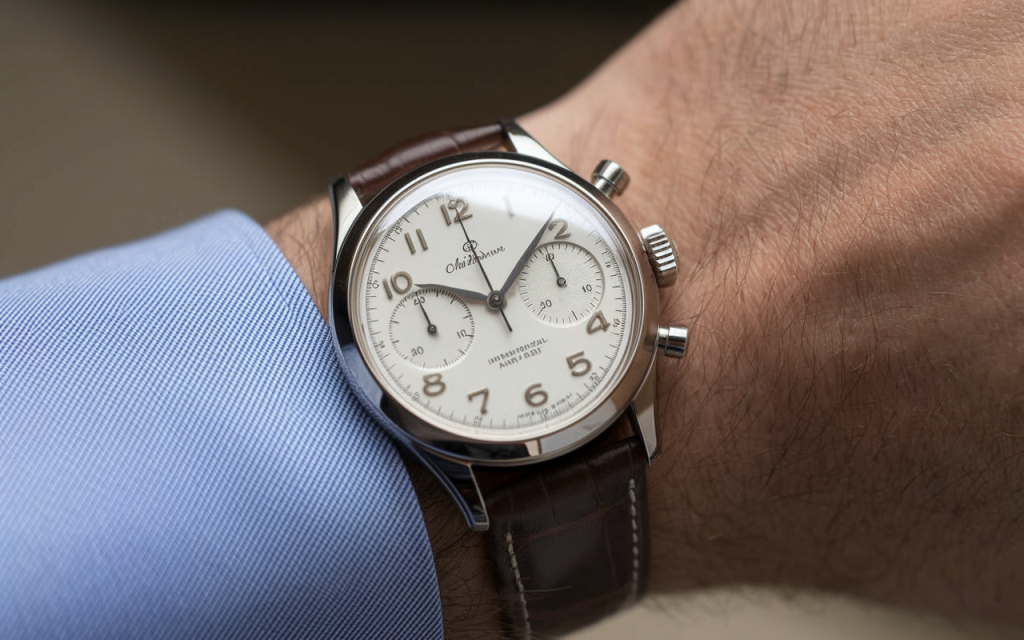
11. FAQs About Watch Winders
Can I Use a Watch Winder for All Types of Watches?
These devices are specifically designed for automatic timepieces, as they rely on movement to stay powered. However, they are not suitable for quartz watches, which operate on batteries and do not require winding. Additionally, manual-wind mechanical watches should not be placed in a winder, as they need to be wound by hand. Always check your watch’s specifications to ensure compatibility.
How Long Can I Leave My Watch in a Winder?
You can leave your timepiece in the device indefinitely, as long as the rotation settings are correctly configured to match its requirements. Overwinding is rare with modern winders, as they are designed to stop or adjust rotation once the watch is fully wound. However, if you plan to store it for an extended period, ensure the device is clean and placed in a stable environment.
Do Watch Winders Work for Travel?
Yes, portable models are available for those who frequently travel. These compact units are battery-powered and designed to be lightweight, making them ideal for keeping your timepiece wound on the go. Look for travel-friendly options with secure cushioning and adjustable settings to ensure your watch remains protected and functional during transit.
Let me know if you’d like further details!
12. Conclusion: Is a Watch Winder Right for You?
Weighing the Pros and Cons for Your Collection
Deciding whether to invest in a winding device depends on your specific needs and habits. For collectors with multiple automatic watches or intricate complications, these tools offer undeniable benefits, such as convenience, accuracy, and preservation of internal mechanisms. However, for casual wearers with a single timepiece, manual winding or natural wrist motion may suffice, making the device an unnecessary expense. Consider factors like your collection size, the complexity of your watches, and your budget to determine if it’s a worthwhile addition.
Final Thoughts for Making an Informed Decision
Ultimately, a winding device is a valuable tool for enthusiasts who prioritize the longevity and functionality of their timepieces. By keeping your watch wound and ready to wear, it eliminates the hassle of manual adjustments and ensures optimal performance. However, it’s essential to choose a high-quality model with customizable settings to avoid potential drawbacks like overwinding or noise.
By carefully evaluating your needs and understanding the benefits and limitations, you can make an informed decision that enhances the care and enjoyment of your collection. Let me know if you’d like further details!

13. Resources and Recommendations
Where to Buy Reliable Watch Winders
For those seeking dependable devices to keep their timepieces in optimal condition, several trusted retailers and brands stand out. Amazon offers a wide range of options, from budget-friendly models like the JQUEEN Watch Winder to premium choices such as the WOLF Heritage Single Watch Winder. Specialty stores like Orbita and Eilux are also excellent sources for high-quality winders, known for their craftsmanship and durability. Additionally, Homisafe provides customizable solutions tailored to your specific needs, ensuring your watch is both protected and elegantly displayed.
Further Reading for Watch Enthusiasts
To deepen your understanding of horology, consider exploring classic texts such as “Watches” by Cecil Clutton and George Daniels or “The History of Clocks and Watches” by Eric Bruton. These books offer insights into the evolution of timekeeping and the intricate craftsmanship behind mechanical watches. For practical advice on maintaining your collection, online forums and watch enthusiast communities can be invaluable resources.
Welcome to Consult Homisafe
If you’re looking for a personalized solution, Homisafe specializes in creating custom winders that combine functionality with aesthetic appeal. Whether you need a compact design for travel or a luxurious model for your home, their team can craft a device that perfectly suits your preferences.
Let me know if you’d like further details!

